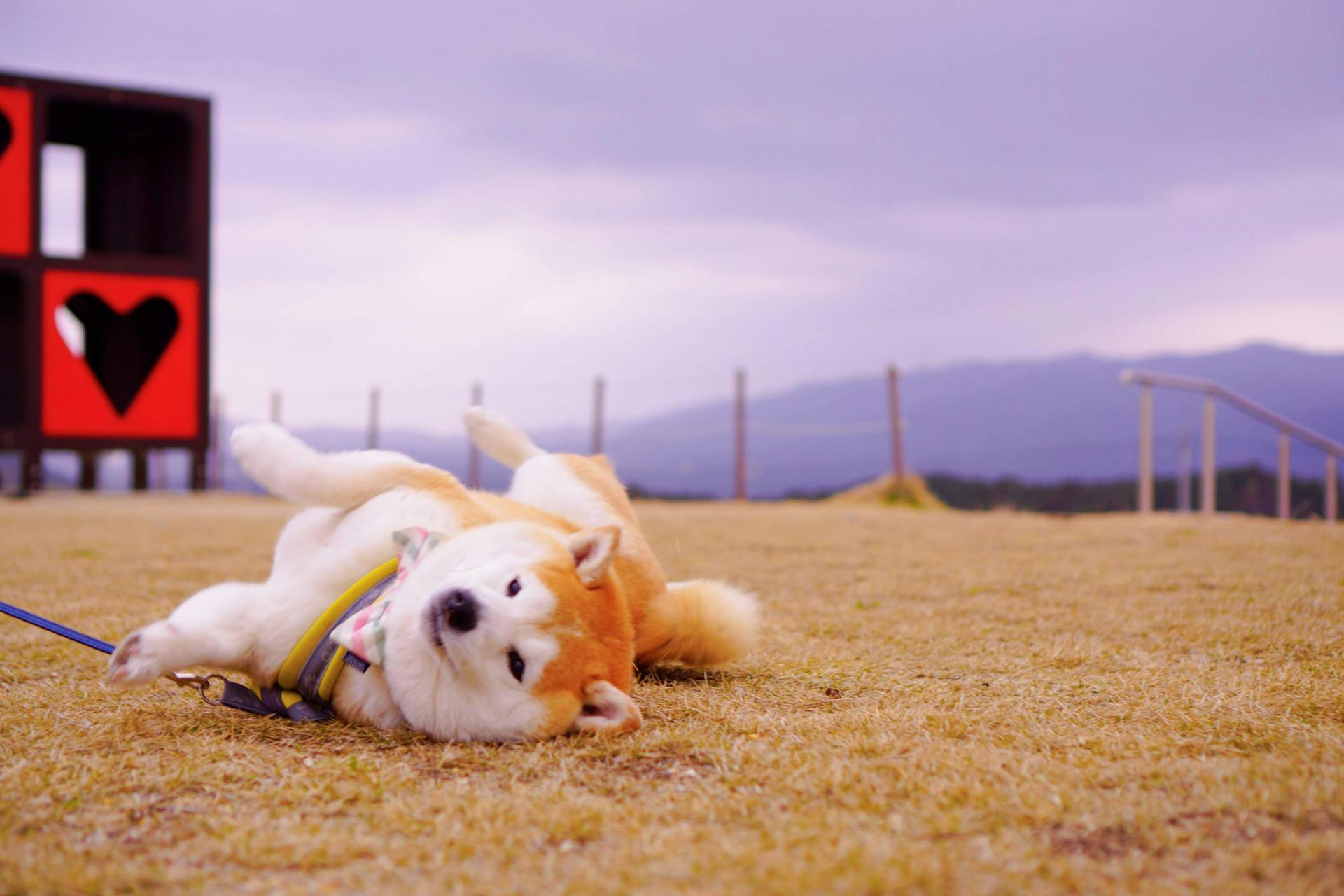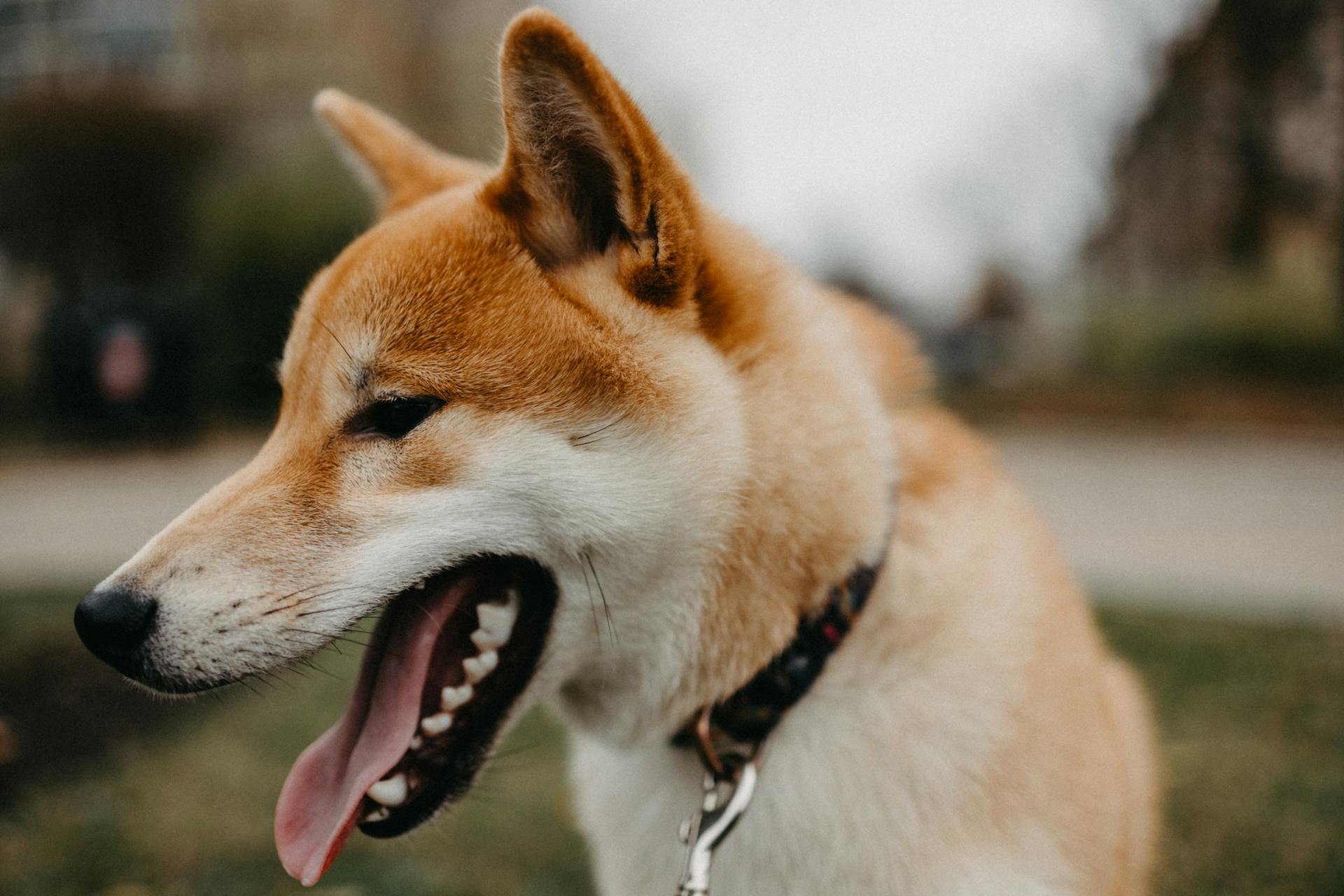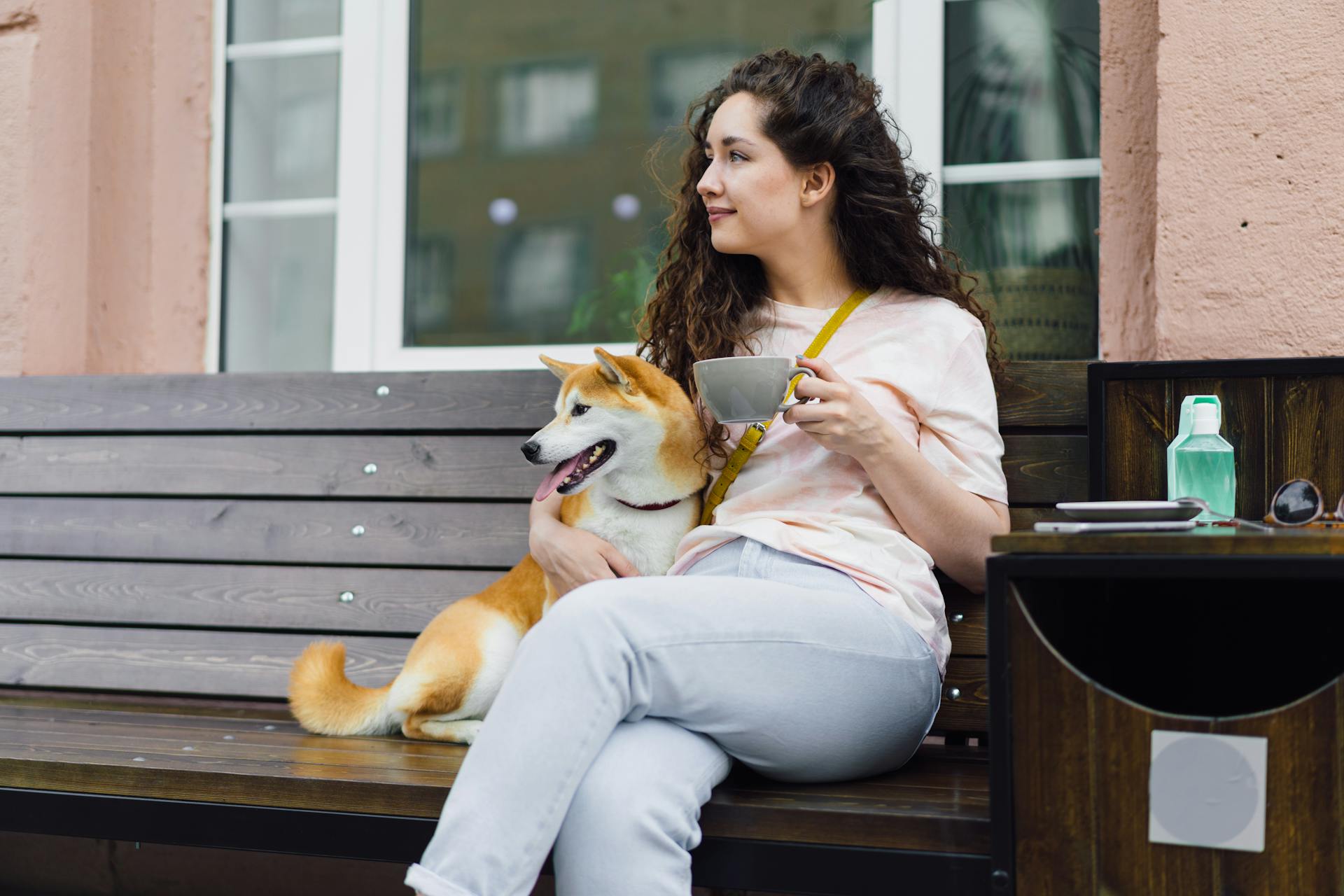
Owning a Shiba Inu can be a wonderful experience, but it's essential to be prepared for the responsibilities that come with it. Shiba Inus are known to be strong-willed and independent, so they require consistent training and socialization.
They are a relatively small breed, but they have a big personality. Shiba Inus typically weigh between 15-25 pounds and stand about 13-17 inches tall at the shoulder.
To ensure a smooth transition for both you and your new furry friend, it's crucial to research and prepare your home before bringing a Shiba Inu into your life.
Care and Maintenance
Shiba Inus need a daily workout, whether it's a walk, run, or playtime, to keep them happy and healthy.
They prefer cooler weather but can adapt to warmer temperatures. A securely fenced yard is essential for their exercise needs.
Shiba Inus have a thick double coat that sheds moderately throughout the year and heavily twice a year. Regular brushing is necessary to remove dead hair and distribute oils.
Here's an interesting read: Dogs Breeds That Start with B
Daily brushing is especially important during heavy shedding periods. A hair dryer or dog-appropriate vacuum can also be used to remove dead hair.
A bath every three to four months is sufficient, but over-bathing can dry out their skin and coat. Brushing their teeth at least two to three times a week is crucial to prevent gum disease and bad breath.
Trimming their nails once or twice a month is necessary to prevent painful tears and other problems. Their ears should be checked weekly for signs of infection, and a cotton ball with gentle ear cleaner can help prevent infections.
Care
To keep your Shiba Inu healthy and happy, daily exercise is essential. They need a daily workout, whether it's a long walk, active games, or off-leash runs in a securely fenced area.
The breed is generally quite healthy, but allergies are a common issue, and some Shibas may suffer from patellar luxation, a dislocation of the kneecap.

A Shiba Inu's top coat is stiff and stands off from the body, but it's easy to maintain - just brush it occasionally. The undercoat, however, is extremely dense and sheds profusely twice a year.
Daily brushing is necessary during shedding season, and a hair dryer or dog-appropriate vacuum can be used to remove dead hair from the coat.
Socialization is key with this breed - early exposure to many different people, sights, sounds, and experiences will help your Shiba Inu grow up to be well-rounded.
They can become timid or quarrelsome if not properly socialized, and may even be aggressive toward other dogs. Leash training is also a must, and it takes time and patience.
Housebreaking is relatively easy with this breed, and crate training is a great housetraining aid - just be sure to crate train at a young age and not leave your Shiba Inu in the crate all day.
A weekly grooming session is a great way to keep your Shiba Inu clean and healthy - brush their teeth at least two or three times a week, and trim their nails once or twice a month.
Their ears should be checked weekly for redness or a bad odor, and their eyes should be clear with no redness or discharge.
Expand your knowledge: Easy Breeds of Dogs to Take Care of
Feeding
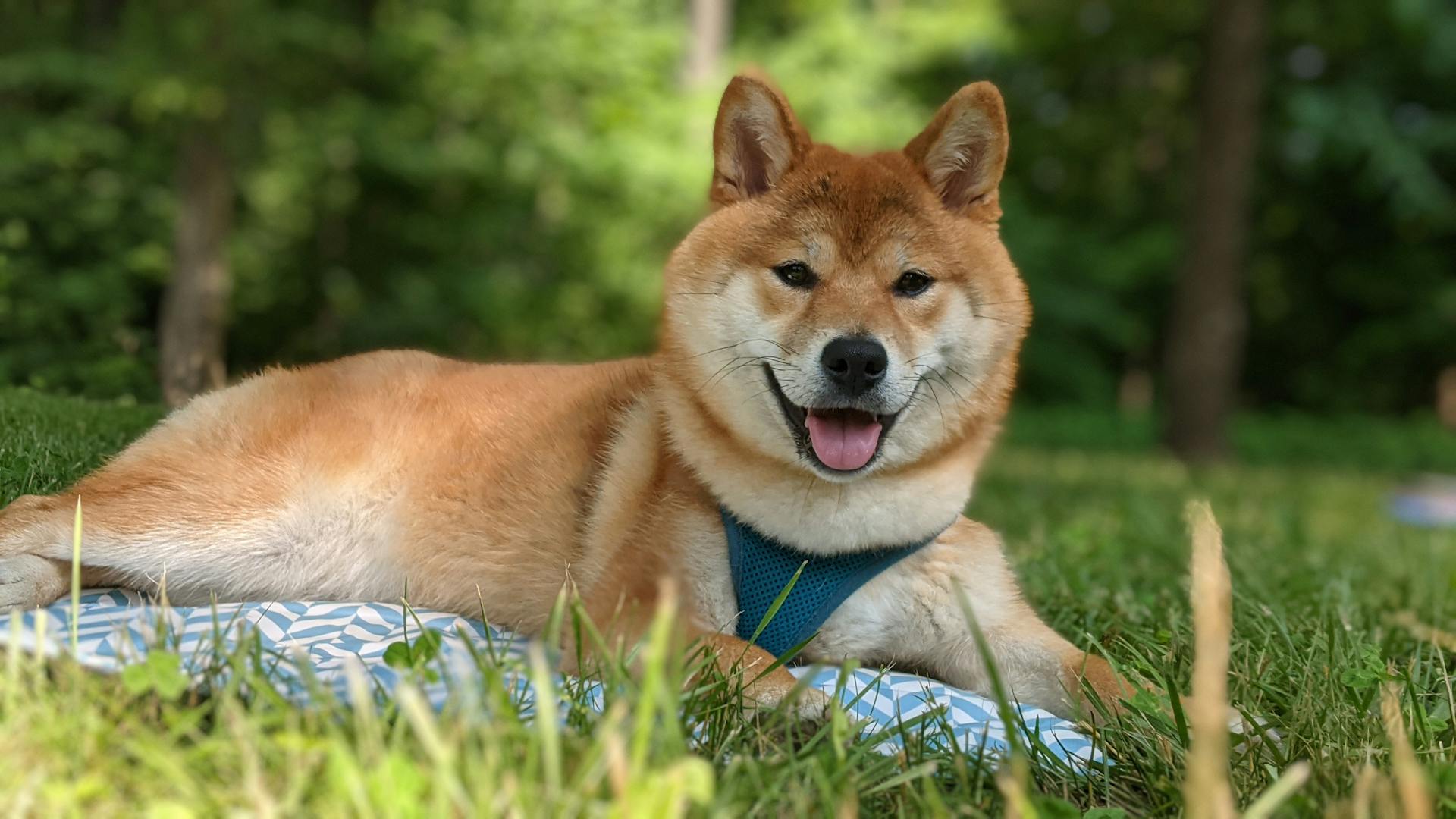
Feeding your Shiba Inu is crucial for their overall health and well-being. You should feed them high-quality dry food, divided into two meals a day, with a recommended daily amount of 1/2 to 1.5 cups.
The amount of food your Shiba Inu needs depends on their size, age, build, metabolism, and activity level. A highly active dog will need more food than a couch potato dog.
Measuring your Shiba's food and feeding them twice a day is a good practice to keep them in good shape. This helps prevent overeating and ensures they're getting the right amount of nutrients.
To check if your Shiba is overweight, look for a visible waist and use the "eye and hands-on tests." Place your hands on their back, thumbs along the spine, and fingers spread downward, and you should be able to feel but not see their ribs without pressing hard.
See what others are reading: Could Shiba Inu Hit 1 Dollar
Temperament
The Shiba Inu temperament is a unique blend of traits that can make them both entertaining and challenging to live with. They are known for their inventive mischief and robust sense of humor.
Shibas can be headstrong and may not obey commands without question, making training a bit more difficult. They are also independent and curious, which can sometimes get them into trouble.
With high intelligence comes a strong will, and Shibas can be stubborn at times. However, this also means they require a lot of exercise and stimulation to prevent anxiety and undesirable behaviors.
A survey of experts classified the Shiba Inu as having high aggression, high reactivity, and medium trainability. This may be due to their closer relationship to wolves than domesticated dogs from other countries.
Shibas are loyal and affectionate with their family, but can be suspicious of strangers. They don't share well and may guard their food, toys, or territory aggressively.
Early socialization is crucial for a well-rounded Shiba Inu. This includes exposure to many different people, sights, sounds, and experiences.
Health and Lifespan
The Shiba Inu is a relatively healthy breed, but like all breeds, it's not immune to certain health issues.
The Shiba Inu has a high rate of patella luxation, a condition where the kneecap slips out of place.
Pyometra, a uterine infection, is also slightly more common in Shiba Inus.
Glaucoma is another issue that affects this breed, with 33% of Shiba Inus studied having the condition.
The good news is that Shiba Inus have a relatively long lifespan, with a life expectancy of 15.5 years according to a study in Japan.
This is impressive, especially compared to other breeds, with a 2024 UK study finding an average lifespan of 14.6 years for the breed.
Health
The Shiba Inu is a breed that's prone to certain health issues, and it's essential to be aware of them to provide the best care for your furry friend.
One of the most significant health concerns for Shiba Inus is patella luxation, a condition where the kneecap slips out of place. This issue is particularly common in small breeds, with a staggering 35% of Shiba Inus surveyed in Japan affected by it.
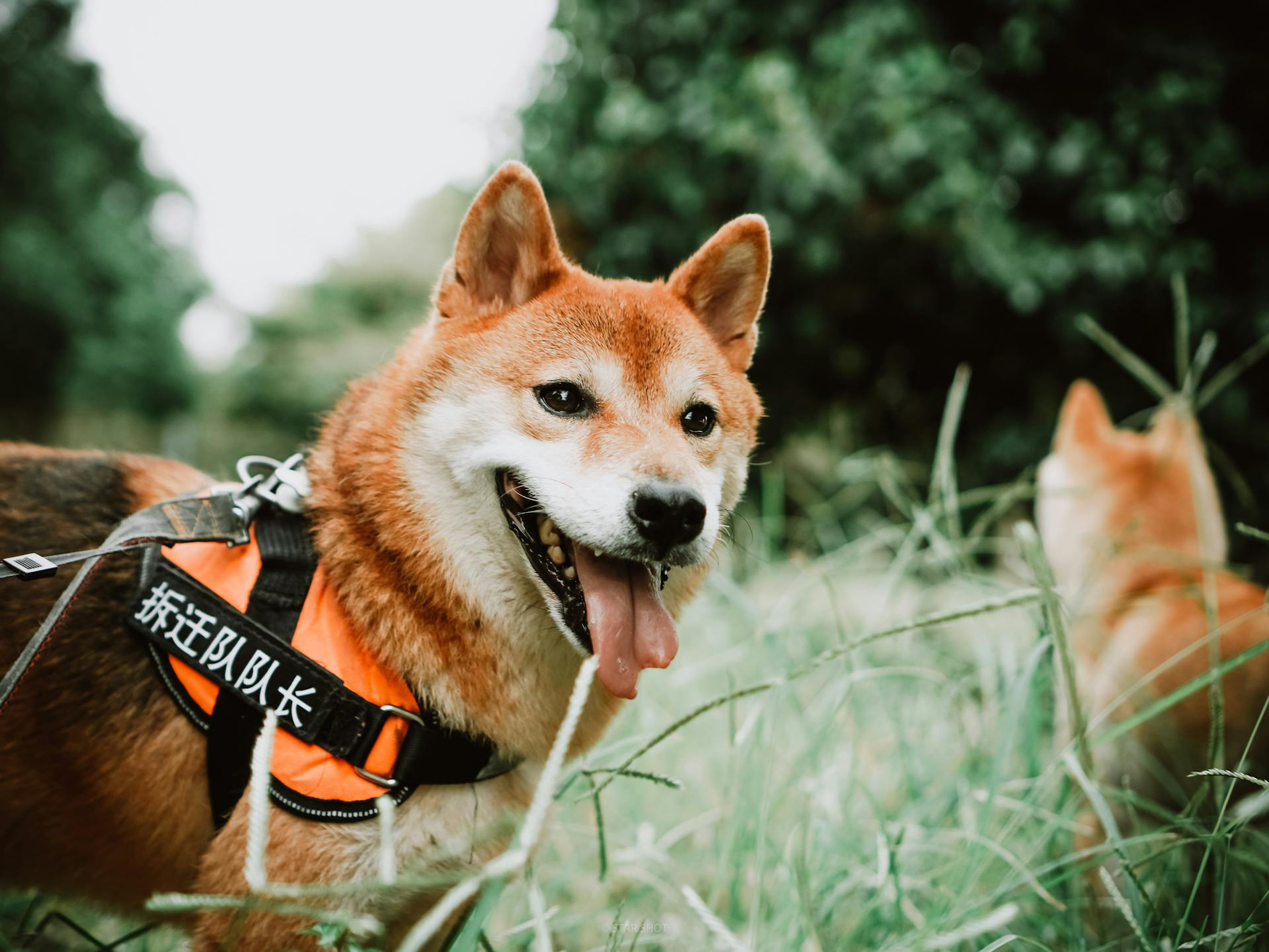
Pyometra, a uterine infection of intact bitches, is slightly more common in Shiba Inus, making regular veterinary check-ups crucial for female dogs.
Another significant health issue affecting Shiba Inus is canine atopic dermatitis, an auto-immune disease that causes skin irritation and allergies.
Glaucoma is also a concern for Shiba Inus, with a study in Japan finding that 33% of glaucoma cases were in this breed, despite making up only 2.7% of the total population.
Lifespan
The Shiba Inu is known for its remarkable lifespan. A review of cemetery data in Japan found that the breed has a life expectancy of 15 and a half years, which is greater than any other breed.
This is impressive compared to other purebred dogs, which have an average life expectancy of 12.7 years.
Explore further: Pug Dog Life Expectancy
Sanin
The Sanin Shiba Inu is a breed that has faced numerous challenges in its history. In fact, they were bred together in 1947 to create a foundation stock due to the low numbers of their parent breeds, the Inaba Inu and the Sekishu Inu.
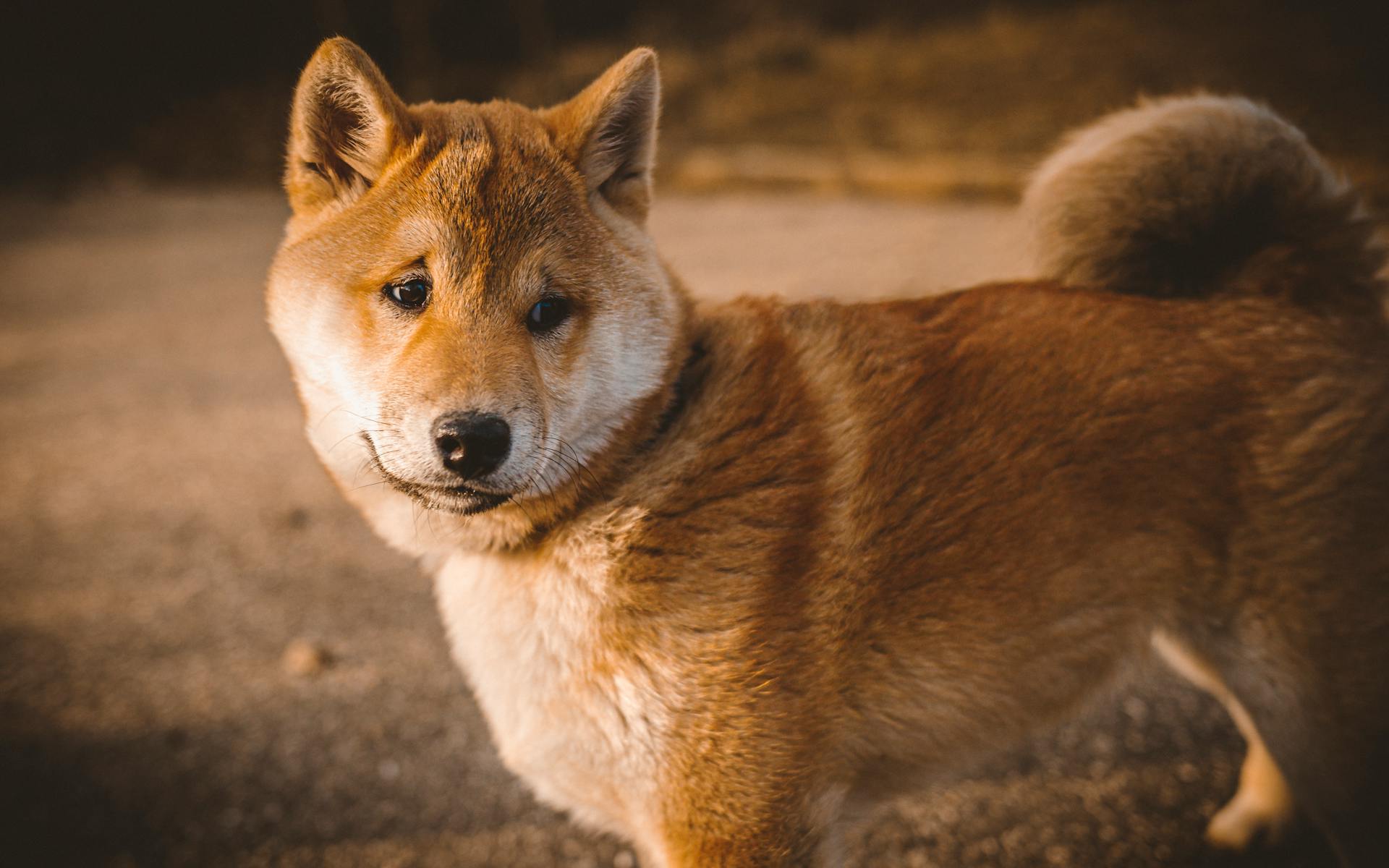
Unfortunately, the breed's history is marked by threats to their survival. The use of dogs for fur by the military during World War II led to a significant decline in numbers, from 50 to 20 dogs.
The breed's preservation efforts were also hindered by outbreaks of distemper in Tottori prefecture, which killed many dogs in the 1950s and 60s. This highlights the importance of veterinary care for these dogs.
Despite these challenges, the Ozaki family played a crucial role in protecting and preserving the breed. They continued preservation activities even when faced with adversity.
Frequently Asked Questions
Is A Shiba Inu A purebred?
Yes, the Shiba Inu is a purebred dog originating from Japan. With a history dating back to 300 B.C.E, it's one of Japan's oldest and most unique dog breeds.
Featured Images: pexels.com
